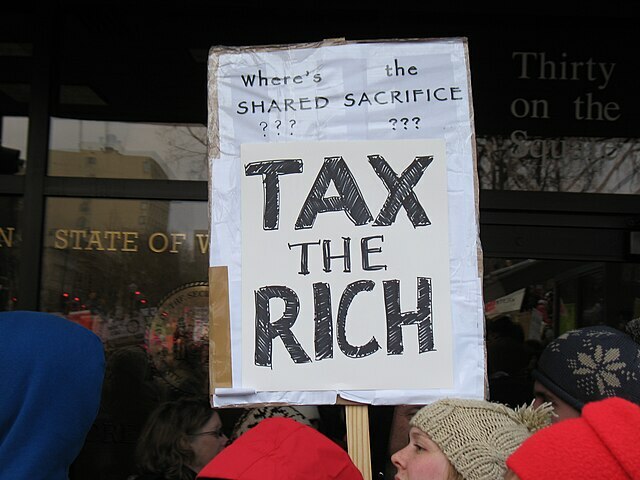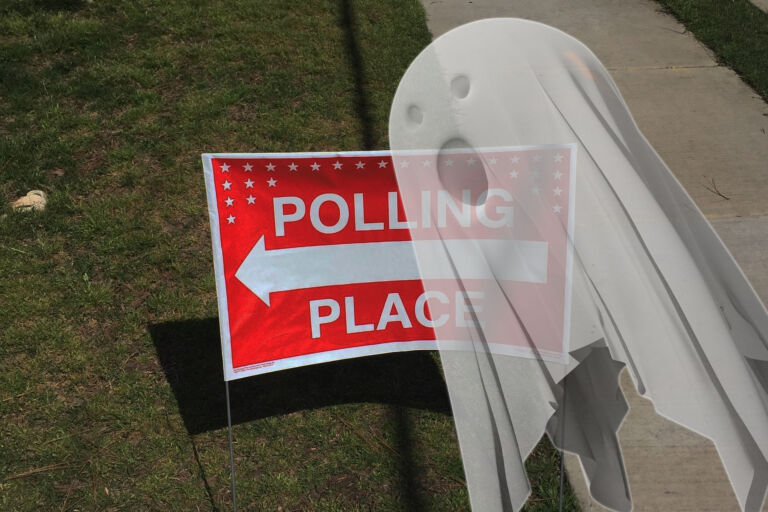In 2007, the North Carolina General Assembly passed legislation allowing counties to impose an additional quarter-cent sales tax to raise revenue within their jurisdictions. These taxes must be approved by voters in a referendum and can be used however the counties choose.
Since then, 31 counties have introduced the tax. Another 37 have held referenda in which the voters have rejected the tax. And, in May, at least 12 counties will put the issue to voters. All 12 have previously tried and failed to win voter approval for an increased sales tax – half of them as recently as 2016.
The legislation makes it clear that counties are free to use the increased revenue however they wish. They can’t legally bind themselves to use it for a particular purpose in the same way they can with, say, a bond issue. However, counties generally do identify purposes for the increased revenue from the sales tax increase. Unsurprisingly, almost all of the counties proposing an increase this year have said that they’ll use it for public schools. There’s also one plan that would use the funds for a workforce development center at the local community college, and one county that would use the money to increase funding for volunteer fire departments.
What does the research say about the impact that these sorts of taxes have on local economies? Are they a good deal for taxpayers?
A 2010 BYU study drew some striking conclusions. Based on their initial literature review, they state,
Virtually every study concludes that differences in both state and local sales tax rates result in some proportional reduction in sales in the taxing jurisdiction with the higher sales tax rate and a proportional increase in sales in the taxing jurisdiction with a lower sales tax rate.
In other words, when there’s a difference in tax rates, the area with the lower rate sees a bump in sales, while the area with the higher rate sees a drop. That seems intuitive enough. They also found that proximity plays a role. That also makes sense. After all, if I can drive two miles down the road and pay less tax, then I will. If I am required to drive 50 miles to realize tax savings, the costs (in terms of time, fuel, etc.) likely exceed the benefits.
Another study, published in the National Tax Journal in December 2012, found even more worrying trends. According to that piece,
…sales tax changes have a detrimental effect on employment, payroll, and hiring… a 1 percentage point increase in the sales tax rate in border counties decreases employment by between 3.8 percent…and 5.8 percent…for all industries….with a decrease in retail employment of 7.6%.
Of course, the impact of a quarter-cent increase would be less profound. But every county that’s planning to hold a referendum is bordered by counties that have not raised their sales tax. That means that these counties would become the higher tax areas relative to their neighbors.
A more recent study, out just last year from the Kellogg School of Management at Northwestern University, showed similar results.
Crossing state lines to avoid sales taxes also increased among households located in ZIP codes where such movement is physically convenient.…Online shopping spiked upwards following a local increase in sales tax, too…Taking pains to avoid paying a few extra cents of sales tax might sound pointlessly frugal, but it struck Baker and Kueng (authors of the study) as eminently reasonable behavior for the average price-sensitive, tax-phobic American household.
Most North Carolina counties are not large. Crossing a county line to a lower tax area is easy for many people who live close to those lines, so long as there are few natural or artificial barriers. Indeed, people cross those lines every day for work or other activities anyway. Counties should, therefore, be hesitant to implement these sales tax increases. There’s a very real possibility that, rather than helping the local government’s balance sheet, they’ll actually end up hurting the local economy by reducing business activity and ultimately lowering employment.


